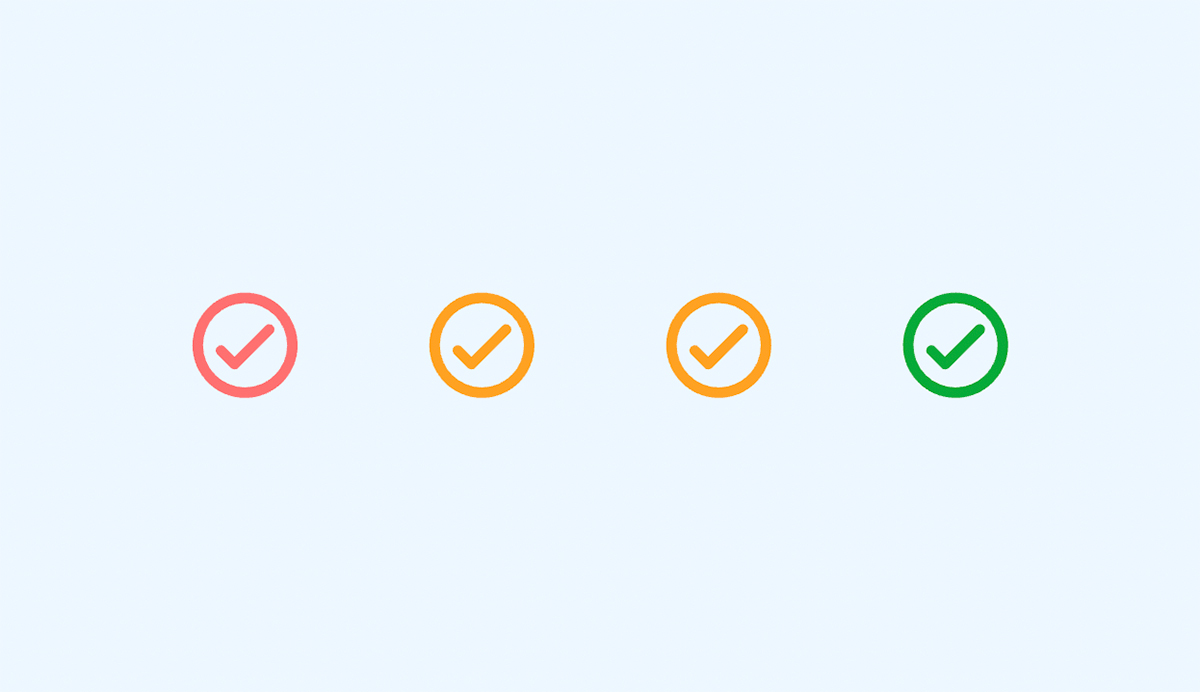Math education is essential for helping students think analytically and solve problems in different subjects. However, many students need personalized help to pass their courses.
Traditionally, math education has followed a rigid, one-size-fits-all approach, leaving little room for much-needed personalization. Adaptive learning can help us solve this problem.
This blog post will discuss how adaptive learning can be used in math education and why it benefits students. We’ll also give examples of how technology can help teachers use adaptive learning in their classes.
Adaptive learning is a personalized approach to teaching in which the content and difficulty of the material adjust to the student’s specific needs. This allows learners to advance at their own pace and grasp concepts at a suitable level.
Though more research is needed on adaptive learning, the current literature is promising. Bailey et al. (2018) found that adaptive learning has positive effects on students’ learning outcomes. These researchers recommend this method for institutions aiming to improve academic achievements and retention rates.
In math, adaptive teaching involves utilizing technology and data to customize instruction for each student. Teachers can monitor individual student progress, identify at-risk learners, provide targeted interventions, and offer additional support and instructional resources where needed. This approach facilitates a more effective and student-centered learning experience.
Mathematics has long been viewed as a challenging subject for many people. Often, students think they are just “not a math person,” having a fixed mindset that prevents them from actively trying to improve and hinders their performance (Dweck, 2015). Simultaneously, standard inflexible math instruction often creates barriers to learning, leading to disengagement and frustration among learners.
Adaptive learning considers students’ prior knowledge, learning preferences, and strengths and weaknesses. It tailors problem difficulty, provides personalized feedback, and offers extra help where needed. This approach encourages practice and helps students build confidence in their math skills.

Teachers can also benefit from adaptive learning. Understanding their students’ performance and needs allows them to customize teaching to address specific gaps and provide individual support.
Adaptive learning becomes even more critical considering the diversity of students’ proficiency levels and learning preferences in math classrooms. Implementing digital tools for adaptive learning can benefit everyone while saving teachers time, even with the usual large numbers of students in higher education.
Adaptive learning has great potential to address diverse learning needs, provide educational access to disadvantaged groups and regions, and enhance education quality through personalized learning at scale. Its successful adoption promises significant benefits for students, institutions, and even regional economies (Mirata et al., 2020). Now, we will cover some advantages that adaptive learning can offer in math classrooms.
Adaptive learning can promote the development of problem-solving skills. Programs based on this approach increasingly expose students to complex problems requiring them to think critically and apply their mathematical knowledge. Daimes et al. (2016 ) even found that adaptive learning can decrease the dropout rate.
Adaptive learning fosters mastery of math concepts by personalizing the learning experience and promoting students’ autonomy. Rather than following a predetermined sequence and rhythm of lessons, learners can progress through the curriculum autonomously, ensuring they have a solid foundation before moving on to more complex topics. This personalized approach might facilitate building a solid conceptual understanding of mathematics.
Traditional instruction often fails to spark students’ interest, resulting in disengagement and lack of motivation. Rather than passively receiving information, students actively engage with the course material through hands-on exercises. This approach can also be mixed with games and interactive activities. These experiences capture students’ interest and promote deeper understanding and retention of mathematical concepts.

Adaptive learning can boost students’ confidence in math. When students receive personalized education that caters to their individual needs and are rewarded for their progress, they might be more likely to have a sense of accomplishment.
This positive reinforcement enhances their self-confidence, leading to a greater willingness to tackle challenging problems and accept the risk of making mistakes to learn from them. It might lower the pressure many people experience with this subject and support them in handling their math anxiety.
Dziuban et al. (2017) found that students from diverse demographic and educational backgrounds could transition smoothly to adaptive learning environments. The participants in their study responded positively to its flexibility and knowledge reinforcement opportunities. This innovation, along with other measures, can help harmonize diverse educational levels and reduce economic disparities. Additionally, adaptive learning can be helpful for people with special needs, like those who have dyscalculia.

However, not all the tools that allow this approach have the same features and benefits, and the best fit for each case might depend on multiple elements. Beyond the need for sophisticated adaptive learning systems, other factors like the quality of the content and a good balance with high-quality personal guidance are also essential.
Advances in technology, particularly AI and machine learning, promise exciting developments in adaptive math learning. Digital platforms can gain deeper insights into effective teaching and learning strategies by analyzing vast amounts of data on student performance and learning preferences. This data-driven approach will enable educators to tailor instruction more effectively, improving student achievement and dedicating more resources to more impactful activities.
Moreover, adaptive learning can be complemented by other technologies that have the potential to make education experiences more immersive and engaging, like VR.
It should be kept in mind that, as always, the use of this technology needs to be aligned with students’ and educators’ needs and goals and be a part of a broader pedagogical strategy. Ongoing monitoring and evaluation of adaptive learning is necessary for improvement.

Implementing adaptive learning can be generally time-consuming and resource-intensive. It entails challenges like setting clear learning objectives, developing fitting materials, customizing them for different student types, finding the right systems, etc. This section aims to explain how an edtech tool can offer this personalized approach.
Adaptive learning is at the core of Sowiso, an online learning and testing environment for STEM. We support educators along their journeys to implement this tool seamlessly. This platform provides students with diverse resources created by mathematicians and education scientists. Sowiso breaks down the problems into small steps, delivers feedback at each stage, and offers choices of activities to suit individual learning styles. All while saving teachers time with features like automated grading.
Real-time feedback and progress tracking are vital in sustaining student engagement with adaptive learning. With our practice mode, students receive immediate personalized feedback on their performance. This guidance encourages students to practice at their own pace. We use positive messages to motivate students to learn from their mistakes and persist in mastering their math courses.

Our adaptive systems analyze students’ performance. Based on this assessment, it makes the material harder or easier to fit their level.
First, students are required to take a diagnostic test for each chapter. This test includes the most challenging exercise for each topic in the chapter based on user statistics.
If students can solve this challenging exercise during the test, they have demonstrated mastery of the topic. As a result, they receive 100% progress in the reporting system for that topic. If they can’t solve the exercise during the test, they will need to demonstrate mastery of the topic during adaptive practice.
Adaptivity gives insight into students’ progress. This gamified approach can also enhance their motivation to learn.
An unmastered package starts with an intermediate difficulty. To master an exercise, students must achieve a score of at least 60%. Upon mastering an exercise, they advance two steps. Instead, they move down by one step when they fail to solve the exercise. Once an exercise is mastered, students will not see it again.
To complete the exercise package, students must successfully complete one of the last two exercises. They will see their progress displayed in a progress bar at the top of the screen. They can revisit the previous exercises later on.

Adaptivity is an excellent option to enable students to skip topics they have already mastered. For instance, adaptivity would benefit a summer course with students of varying skill levels. This approach ensures that students receive the most suitable exercises for their proficiency. However, if all students start at a similar level, this setting might not be necessary.
Learn more about our adaptive learning mode in our help center.
If you have any questions about how to use adaptive learning at Sowiso, please let us know, and we’ll be happy to help you!

Learn how to incentivize and nurture mastery instead of passing grades in your math classrooms.

Discover how technology facilitates this student-centered approach.

Find out the benefits of interactive math learning and get ideas to implement this approach in your course